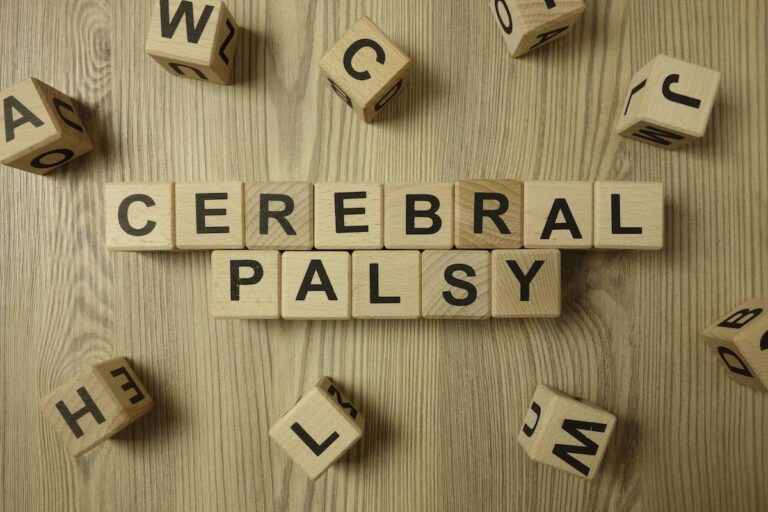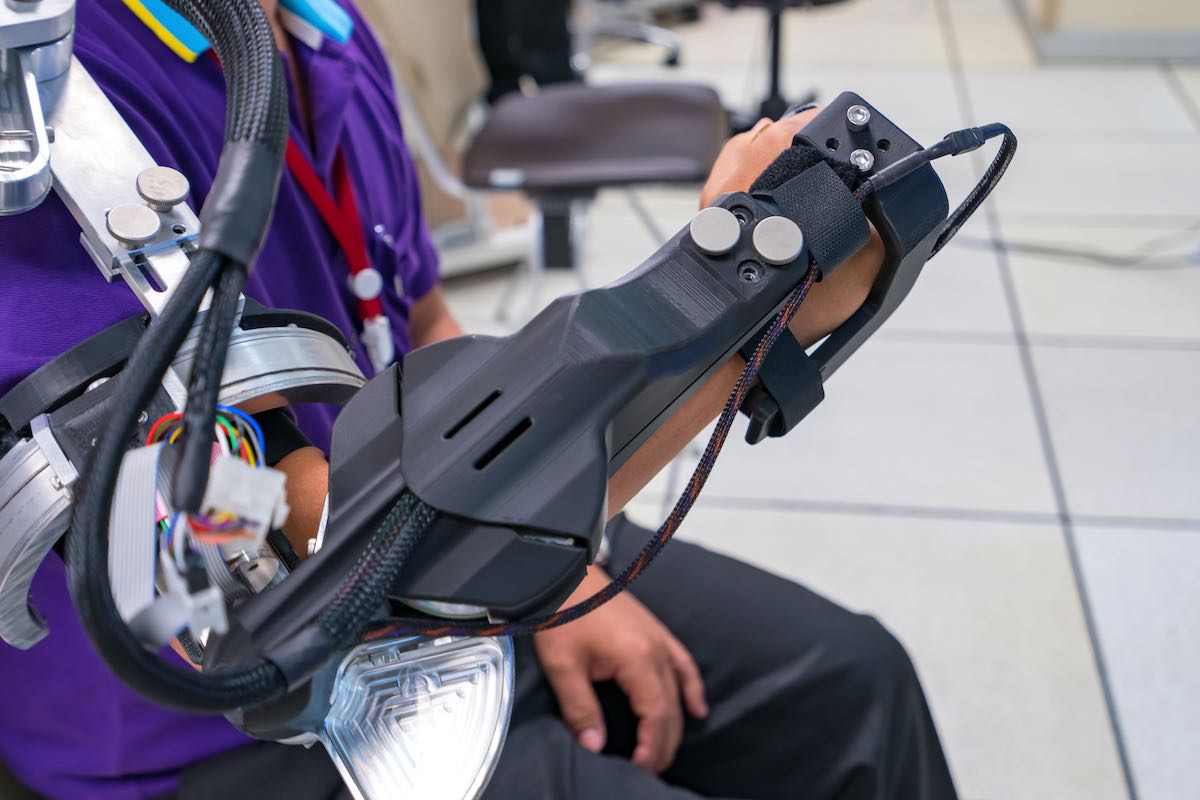
Call 24/7 for a FREE case evaluation
Call now (866) 393-4334

$100,000,000
in California case results
$20,000,000
in California jury verdicts
14
award-winning attorneys in network

When medical conditions interfere with everyday activities, physical therapy can help patients overcome challenges. PT uses massage, exercises, and other physical activities to manage pain, facilitate movement, increase function and prevent future complications. Physical Therapy treatment for cerebral palsy help’s to increase one’s strength, flexibility, motor development, and mobility.
Physical therapy is beneficial to cerebral palsy patients, treating conditions, such as muscle tightness, range of motion limitations, and sensory impairment.
Physical therapy is a front-line intervention for cerebral palsy. Individualized PT treatment plans address movement problems common to the disorder. In addition to mobility improvements for cerebral palsy patients, physical therapy offers preventative benefits, reducing the likelihood of complications and disability.
As part of a comprehensive cerebral palsy treatment plan, physical therapy draws from various techniques, including stretching, strengthening and positioning exercises. Therapy goals and activities are customized for each child, promoting greater flexibility, mobility and stability. By preserving and improving overall health and functioning, physical therapy enables children to fully engage in activities of daily life.
There is no one developmental play for treating people with cerebral palsy with physical therapy. Each individual case is handled uniquely starting off with a diagnosis from a doctor. Therapists will conduct a multitude of tests to asses the person’s severity of Cerebral Palsy. Examinations will test and examine the following:
Physical therapists are trained healthcare professionals, providing treatment for medical disorders limiting movement. Therapists can:
Over 50 years ago in London, Mrs. Bobath lead in a breakthrough for physical therapy treatment. Mrs. Bobath learned that her patients had significant improvements when not working on exercises laying on their backs. Being put in different positions with the support of a therapist helps children and those with cerebral palsy to work on elasticity and flexibility positions never thought possible before. This was a breaking moment in history for physical therapy treatment. Her recent discoveries, she worked with her husband who was a physician to develop a new way of improving treatment for children with cerebral palsy. This treatment is today known as (NDT) or “Neurodevelopmental Treatment”.
Weight exercises with good Posture – Putting weight on your arms or legs not only encourages muscles, but it has shown tremendous improvement in the mobility and flexibility for individuals with cerebral palsy. Therapists have discovered that when children with cerebral palsy perform weight exercises paired with good posture, they show a more normal muscle response. This form or therapy can be performed in a multitude of ways:
Balanced Weight Shift – One major issue for children with cerebral palsy is being able to balance their weight properly. Uncontrolled weight shifts project unbalanced movements and lead to falling easily. Being able to train the body for children with cerebral palsy helps this area of therapy tremendously. When starting balanced weight shifting, children usually begin lying on the floor, then working to being able to roll on the ground. This is a fun activity that children usually do over and over once they learn how to roll over. This is a fun exercise that not only the child, but parents should engage in to increase the health and well being of your child. Soon enough the child is able to move independently and increase muscle movement and joint flexibility.
Closed Kinetic Chain Exercises – This form of therapy is used to improvement movement and posture. This type of movement has shown to provide less likely involuntary movements and unnatural movements which helps the child with cerebral palsy greatly. These exercises are tremendous for individuals for multiple reasons shown below:
Joint Balancing – This form of therapy has shown to help in controlling movement for children with cerebral palsy. Therapists help hold the uncontrollable joints of children while guiding movements for them. This helps the therapist and family members find areas of opportunity for increasing movement patterns. The main goal of this form of treatment is to help the child to become able to perform movement independently, and without and help.
Parents play an important role to help manage a child’s CP. Physical therapists work closely with parents to teach them ways that can keep their child’s muscles strong and joints flexible. Even simple games around the house with family members are beneficial such as:
Physical therapy encourages movement and balance, helping CP patients walk independently and use mobility aids, such as wheelchairs and walking aids. The therapy also helps strengthen muscles and joints, reinforcing a child’s stability and positioning.
Stretching and movement exercises ease symptoms of contracture, a painful condition resulting from cerebral palsy spasticity. Early treatment for children with cerebral palsy can also head-off joint deformity and other complications, encouraging healthy development, from an early age.
Depending upon the needs and limitations of each patient, physical therapy may be recommended to:
Physical therapists draw from a range developmental activities and exercises, assisting CP patients of all ages. Therapy may include:
WE’RE OPEN NOW
Our staff are standing by to help you find the perfect attorney for your case.
